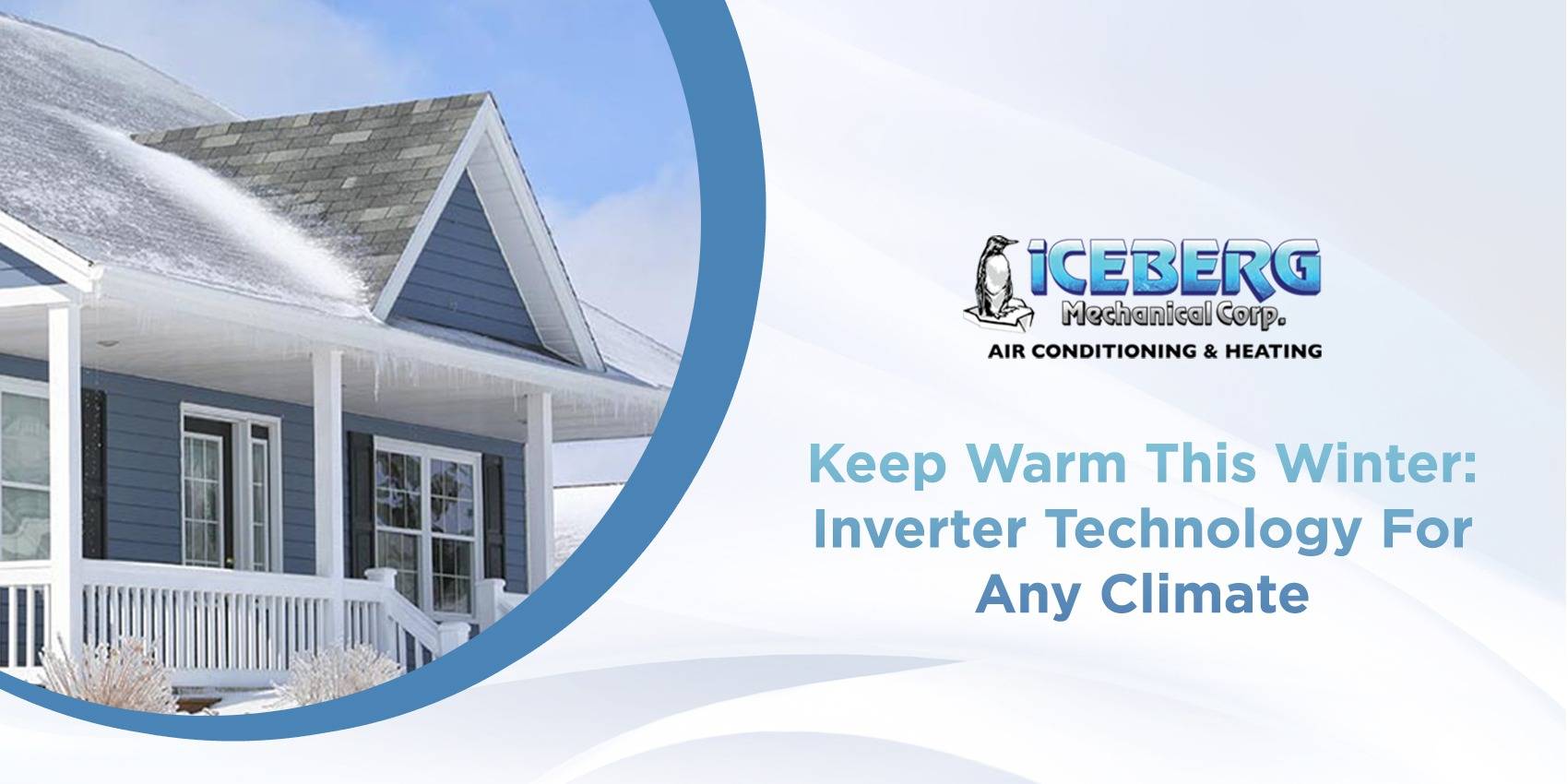When ductless cooling and heating units first became popular, they had one serious limitation – they were not recommended for homeowners in extremely cold climates. Many manufacturers would recommend that homeowners who live in northern regions adopt a supplemental heating source for extremely cold days, which canceled out the energy efficiency of the unit. Many ductless systems were designed to shut down at -10º F in order to protect the technology from failure. This left homeowners using expensive heat pumps, space heaters, and dangerous propane tanks to heat their homes.
Technology has finally evolved, homeowners can now achieve exceptional, year-round comfort with a single split-ductless unit. These new units can heat at maximum efficiency no matter how cold the climate – even to -13º F.
How Does it Work?
Traditional split systems lose heat energy in the outdoor coil. Thanks to recent advances, Hyper-Heating INVERTER technology (H2i®) can collect that energy, helping the system to continue to operate at capacity in extreme temperatures.
In cold climates, heat pumps typically experience a decrease in pressure, refrigerant flow rate, and operational capacity. INVERTER technology allows for higher heating speeds at a lower temperature, without putting extra strain on the unit or potentially causing long-term damage to the compressor.
Some of the differences between traditional technology and H2i technology that make it attainable for those who live in cold climates include:
Consistent Room Temperature – No Ups and Downs, Ons and Offs: Conventional heat pumps experience uncomfortable and extreme temperature fluctuations while INVERTER-driven pumps can self-adjust, providing consistent room temperature, even when the outdoor temperature dips below zero.
Consume Only The Energy You Need: INVERTERzoning systems deliver only the amount of hot air needed to achieve the desired temperature – no more, no less.
Heats Up Quickly: It takes traditional systems a very long time to reach the desired temperature, while the high rotation speeds of INVERTER systems allow for quick and efficient cooling and heating.
Energy Use is Even and Steady: Every time the compressor turns on in a traditional unit, energy consumption surges. On startup, INVERTER systems use less current, avoiding spikes in energy usage.
Homeowners who live in extreme climates have been traditionally left out in the cold when it comes to the ductless cooling and heating revolution. For decades, they have remained tethered to baseboards, propane heaters, and inefficient ducted systems. INVERTER technology has finally set Northerners free, giving them the ability to achieve energy-efficient and consistent home comfort, no matter how high or how low the mercury may go.





